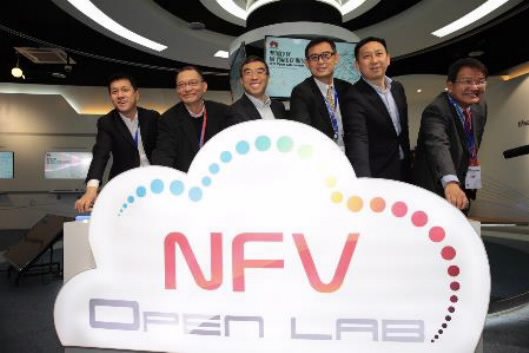Demo tapped Huawei’s NFV platform to virtualized VoLTE
The virtualization of mobile services continues to gain steam as Huawei, a Chinese equipment vendor said it has successfully demonstrated a virtualized voice over LTE solution designed to support China Mobile’s Cloudified VoLTE service.
The solution is said to run on Huawei’s off-the-shelf hardware servers and cloud operating system, with the demonstration featuring NFV-based core network elements, a virtualized IP multimedia subsystem, virtualized packet core, virtualized subscriber data management, and virtualized policy and charging rules function. The combination allows customers to personalize their VoLTE service.
Huawei said the demonstrations built on its network function virtualization work as well as the 35 VoLTE contracts it scored in 2014. The company has also hinted it was selected to supply its virtual IP multimedia subsystem platform to power a cloud-based VoLTE service for a European operator.
VoLTE has been discussed as a good first step for mobile operators in launching NFV-based commercial services. As the technology runs over IP-based data networks and has a built-in limitation to legacy interoperability, it is said to be a good fit for initial virtualization deployments.
Huawei earlier this year opened an NFV lab in China focused on developing multivendor integration verification capabilities for NFV. The lab is said to be an expansion of Huawei’s move to work with customers, partners and organizations to help develop the NFV ecosystem. Partners attending the launch of the new lab included China Mobile, Deutsche Telekom, VMware, Red Hat, Canonical and the Linux Foundation.
Earlier this month, Huawei said it had partnered with the Open Networking Foundation and Open Network Lab through its Open Network Operating System platform to build an open ecosystem designed to support commercial carrier deployments of software-defined networking.
Bored? Why not follow me on Twitter

